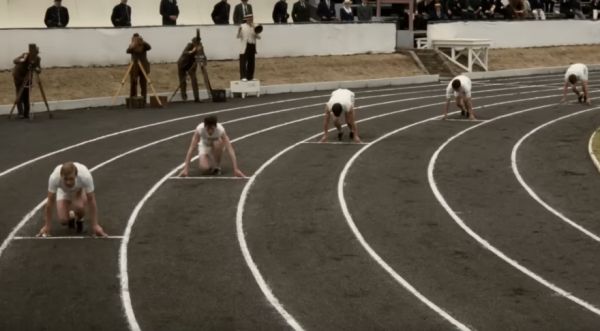
Every place developed a staple crop that serves to keep a population from starvation: Europe grew wheat, Asia has rice, North America has corn, Africa has yams, and South America is where we got potatoes. Successful societies learn to allocate those crops to bolster their population. The potato allowed the Inca Empire to build its armies and those massive cities. When potatoes were first exported to Europe, it made all the difference in several nations for feeding people (potatoes are more nutritious than wheat) and for a nation's defense. Defense? It all came down to the fact that potatoes are grown underground, and they can stay there until they are needed, while wheat must be harvested and stored for future use. This fact threw a wrench into the military strategies of invading nations. Read how the strategy of growing potatoes changed the history of the world at JStor. -via Strange Company
(Image credit: Maja Dumat)









